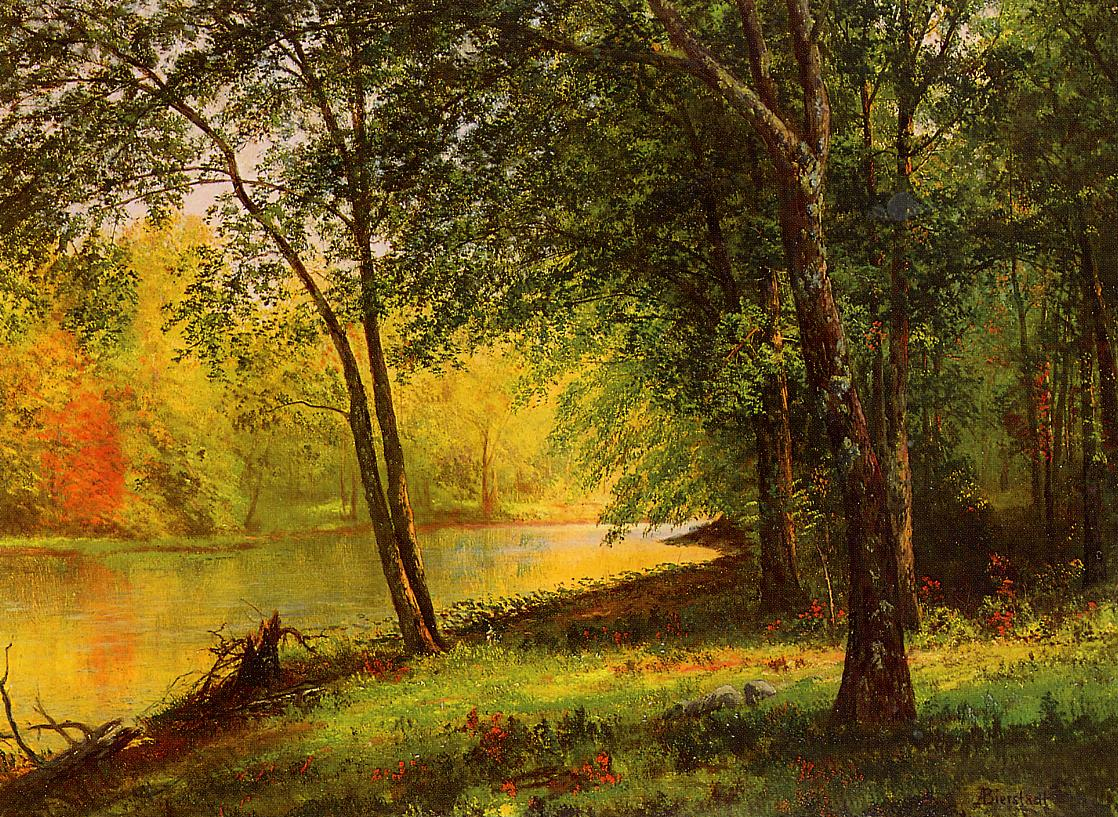

This entry was tagged Isaac Levitan, Ivan Shiskin, Landscape painting, Russian Landscape painter, Vasily Vereshchagin, Васи́лий Вереща́гин, Иван Шишкин, Исаак Левитан. His later studio work from Munich of large, crudely painted battle scenes I was less fond of, but I can imagine how someone with the sensitivity to create the plein air sketches above could have been affected by the brutality and horror of nineteenth century military campaigns. (It was also interesting to see difference between the small plein air sketch in which the place looks like a quiet historic site with a few market stalls, and the larger, dramatic studio painting with camels, heads on poles and raving Central Asian warriors). One of my favorites was a stetch of the Medrasah Shir-Dhor at Registan place in Samarkand. The paintings of Samarkand in Uzbekistan were especially stunning. I assume they were painted from life, as it is hard to imaging how else he could have done them. Apparently he was an officer in the Russian army and traveled across Asia on campaign, painting these gems. The reproductions I’ve found on the internet are also less than ideal so you’ll just have to take my word for how good this guy was. They didn’t have the artist’s names in English so I copied down the Cyrillic characters on a piece of paper and took it to bookstores afterwards, only to find that books on Vereshchagin are few and far between. His work was incredible when I saw it in the museums. Here is a painter I had never heard of until I visited Russia. Recalling the French academicians with their hierarchy of painting which held landscape in third place, I think “they never saw a Levitan”. For me, this is art at its highest level. His best landscapes are filled with a profound philosophical meaning beyond anything I’ve seen painted before.

When you look at his landscapes there is something so much greater than just simply the view being depicted. But most of all, the sense of meaning he instills in every painting. The variety of his subjects and compositions has always inspired me. “In Birch Forest”, pictured above, half of the painting appears to have been done with the same unmixed transparent green pigment, and the changing hue and high chroma in the glazing on the whites of the tree-trunks is alone worth the trip to Moscow. I’ve never seen anyone who could pull that trick off, and I have tried it myself a few times with terrible results. It works from a distance, but, amazingly, it works also if you ‘sniff’ (in the words of Gilbert Stuart) the painting. For example, in one painting of an old wood barn, he laid on impastos, then glazed them, then lightly wiped off the glaze so the darker color stayed just in the ‘valleys’ of the impasto.

Some of his brush work would be gimmicky in the hands of anyone else. His technical prowess is astonishing when you see the paintings in person. A few years ago I went to Russia and was almost in tears in front of the original paintings (though that could have also been the vodka hangover). Isaac Levitan has been my favorite landscape painter from the first time I saw his work in reproduction.


 0 kommentar(er)
0 kommentar(er)
